
Underlying sales growth (USG) is one of the most important stock market measures for staples companies and a key component of any company’s market valuation. USG has three elements: volume, pricing and mix, but excludes currency movements. Analysts look at how volumes and price movements trend. Volume growth is generally seen as higher quality because it tends to last longer.
However, mix is crucial, especially at a time when pricing and volume have been anaemic. 2017 was the worst year for volume growth in staples in a decade due to stagnant developed market category growth and slower growth from emerging markets. Pricing has been weak due to a long-term downward trend in soft commodities, the growth of hard discounters and competition from small brands, too.
Mix has been the sector’s saviour. Premium brands are continuing to win with consumers across spirits, personal care and food, and this drives crucial mix gains. Often it is easier to drive mix than raise list prices. Mix is like taking pricing through the back door, with consumers none the wiser. A word of caution, however, when making volume and pricing comparisons: : Nestle’s and Unilever’s mix gains are reported as volume growth, whereas Danone records mix within pricing. This understates Danone’s volume growth and could explain why it trades on a valuation discount to the sector.
Our call is that sector volume growth will improve in 2018, driven by emerging markets (43% of global fmcg sales). China is bouncing back hard, India is recovering fast from demonetisation and Latin America, especially Brazil, is finally seeing some green shoots. Even the pedestrian US food and beverage category doesn’t seem to be getting worse. It is early in the reporting season but Unilever’s volume growth in its most recent quarter significantly beat market expectations, though pricing was muted.
However, increasing prices still seems difficult, even though higher oil-based input costs mean it is necessary. This is a particularly acute issue for HPC companies, where oil-related costs are a bigger cost weight and, without pricing compensation, is forcing some companies to take another axe to costs. Kimberly-Clark recently announced it will reduce its global headcount by 10% and close or sell 10 factories.
Currency changes are excluded from underlying growth but are still important for reported sales. Companies with overseas businesses have to translate results into sterling before they report them. At present, with sterling strengthening against the dollar, for UK companies, earnings from the US are converting to lower sterling levels - making their reported financial results look worse. The strength of the euro is equally unhelpful, with Unilever saying that at current rates it would be a 5% headwind to sales and earnings in 2018.
The bottom line for 2018 is that sales for pound or euro reporters could be dragged down by FX translation headwinds, but this could mask a better underlying sales picture where we see improving volumes and further solid mix gains. Contrary to many investors’ more bearish views, there is still plenty to like in the quoted staples space. Volume and mix remain a powerful and attractive cocktail.
Warren Ackerman is head, global staples research, at Société Générale







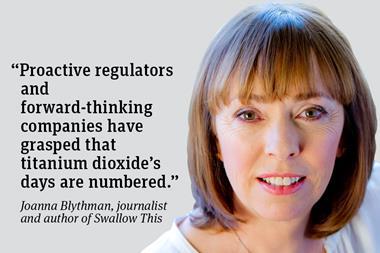

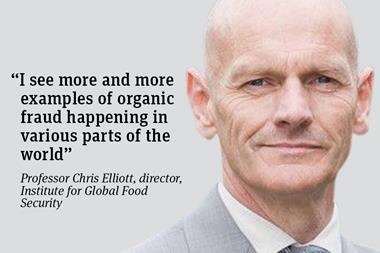
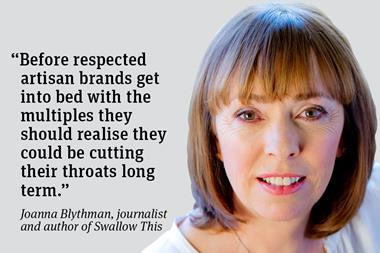


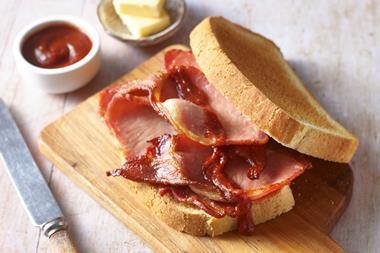



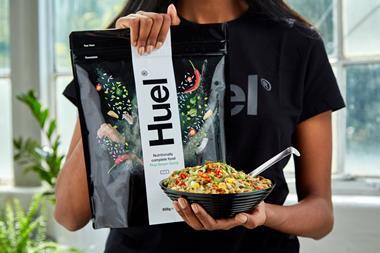

No comments yet